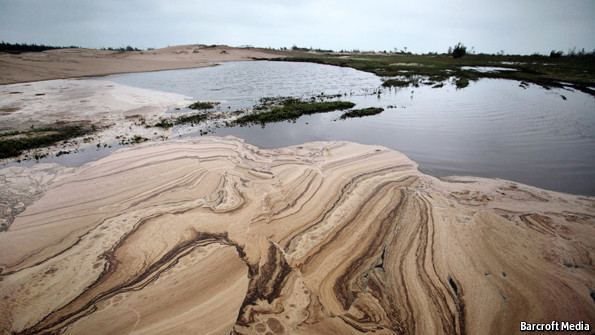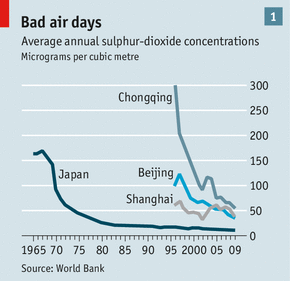This will be my last blog post, and I hope you’ve
enjoyed Trees & Towers. After all
those world issues I’ve troubled you with, I hope we can now chuck Handsome
Holocene out the door, and welcome in the Evil Queen Anthropocene. But what
does She have in store for us? Droughts, storms, hurricanes, flooding. That’s
not all.
Our One and Only.
Source: Anthropocene.info
It all started in Africa, two hundred thousand years ago. Our
ancestors marked our first impact by killing off large animals, and since the
large Ice Age receded (8 to 10,000 years ago), we started agriculture, forming
permanent settlements, which grew into villages, which grew into cities
(Anthropocene.info).
How did we get to where we are? In the past three
centuries, human population has increased tenfold.
In the past century, industrial input has x40. At present, 30 to 50% of world
land surface is altered in some form (Crutzen, 2006).
The future. That’s what we 20-somethings are
worried about. How do we deal with this inherited mess? What will the world even
look like? Daniel Yergin, Chairman of
research firm IHS, proposes three scenarios for the year 2030:
1.
‘Global
Redesign’ – an optimistic atmosphere of renewed economic growth supported by
unconventional oil/gas and a decline in renewables’ costs. Basically, it’s a
world where rising wages in Asia will cause China
to outsource to the USA. It’s where
energy supply makes doubling the economy possible.
2.
‘Meta’ – the
age of renewables and electric transportation. You might be closer to think of The Jetsons’. It is a world where
increasing natural disasters drive governments away from oil dependence,
focusing more on innovative alternatives.
3.
‘Vortex’ –
turbulent times. A world where economic growth has slowed significantly, with
no means to fund renewable research. A world where economies shift to low-cost
coal. (Yergin, 2013) A shift back in time, but with billions more mouths to feed.
Pick your favorite. Most people would probably
choose ‘Global Redesign’, for it is the optimal solution where we wouldn’t have
to change much of our ways.
If we want to stay within the global 2-degree
limit set by the IPCC, we’ve got a lot of work to do. Asia will play a crucial
part. In the rapidly-developing Asia-Pacific, a leading ‘green’ model to look
up to is Singapore: it strives for innovative architectural design incorporated
by sustainable technologies, including solar panels and skylights. The Building
and Construction Authority (BCA) has now certified 1,534 new buildings within
‘green’ standards and aim to include 80% of Singapore’s buildings by 2030
(Ives, 2013). Now that’s a light at the end of the tunnel. And we should probably follow
the light.
References:










